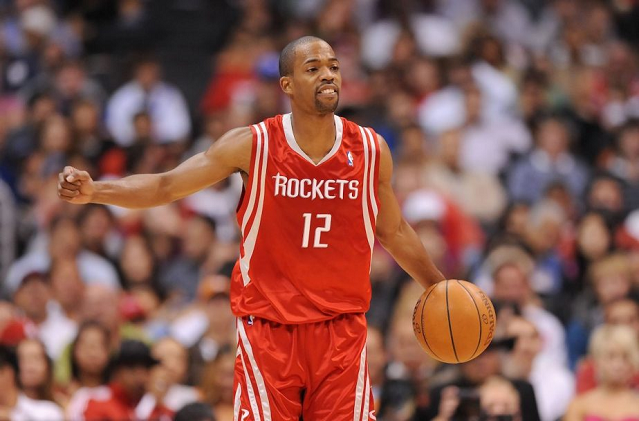Streetball is not only basketball, but also a hardcore style of play and a test of survival on outdoor basketball courts with no rules. The vast majority of the blacktop stars never make it to the NBA, but the few who do take something special with them. Their road is never smooth; there are ups and downs, but there is also will and faith. These are the stories about how much raw talent and hard work can take one. And now let’s consider those players who demonstrated that it can be done.
The street game mentality that shaped legends
Streetball does not make players the same way. No coaches, no trainers, no one to draw up the plays, no one to teach them techniques—pure competition. Each move, each shot, is concerned with proving yourself, like putting a basketball bet on your ability each time you go into the court. You must be creative, confident, and strong to survive.
The audience that watches such games understands that a single daring move can alter everything, and this is why it is no less exciting than the NBA. This background gave several streetball players an advantage. By the time they joined the NBA, they had the same hardiness and assurance that had already been tried on the outdoor courts.

Streetball roots in NBA success
Not all the playground stars reached the NBA, but those who did made significant contributions. They were unique in their style, which was exciting, unpredictable, and also compelling. Basketball was not a sport to them; it was life and pride.
Some of the best examples are:
- Rafer “Skip 2 My Lou” Alston: Mixtape AND1 to NBA Finals starting point guard.
- Jamal Crawford: Known for a killer crossover and flashy scoring.
- Lance Stephenson: Brooklyn was a rough place to grow up, and he brought that with him to the league.
These players demonstrated that the teachings from the playground can be applied at the highest level.
From outdoor battles to professional arenas
It was not that easy to leave the street and enter the NBA. Streetball is loose and fast, with highlights, whereas the NBA operates on systems, rules, and discipline. To fans, such a contrast is like the difference between the uncertainty of a game on the street and the form of an online casino Philippines, where every choice can alter the fate. Gamers were forced to change their style without losing the ability that made them special.
Rafer Alston: The mixtape legend who became a pro
The most popular tale is of a streetball player, Rafer Alston, becoming an NBA veteran. On the AND1 Mixtape Tour, he gained fame as Skip to My Lou, and his flashy moves astonished fans. There were a lot of doubts that he would fit in the structured style of the NBA.
Alston proved them wrong. His career in the league lasted over 10 years and culminated in the 2009 NBA Finals with Orlando. His triumph demonstrated that the creativity in streetball would make it on the largest of stages when mixed with discipline.

Jamal Crawford: Bringing streetball creativity to the NBA stage
In his style, Jamal Crawford was brought up playing indefinite pickup games when he was a kid. His dribbling, crossovers, and tricky shots looked as though they were right out of a playground, and the defenders could not keep up.
He was not a superstar, but he created a long and respected career. Crawford has earned three Sixth Man of the Year awards and emerged as one of the most entertaining scorers in the NBA. His career demonstrated that the moves of streetball could shine even in the league.
The ongoing influence of streetball on modern basketball
The game is still influenced by streetball, though fewer pure streetball players are getting to the NBA. The dazzling dribbling, step-backs, and fearless scoring that you can view throughout the league can all be traced to the playground.
Inspired moves are used even by the stars who have grown up in organized systems. The culture is perpetuated through social media and tournaments, ensuring that streetball remains a significant influence on the next generation of players.
The story doesn’t end here
There are not many streetball players in the NBA, yet their stories remain with the fans. They are the ones who remind us that greatness can be achieved anywhere, even in the fractured courts with chain nets. Their stage was the NBA, and they were raised on the streets. And their travels continue to inspire children with the same dream.

